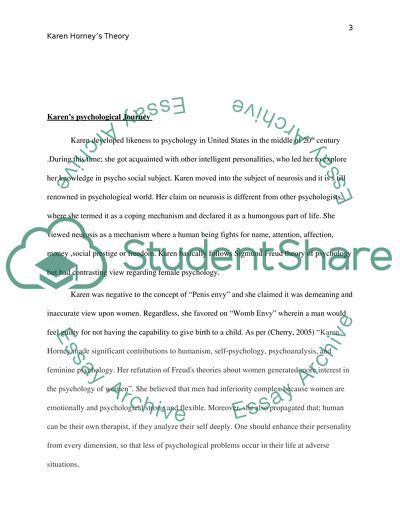Cite this document
(“Karen Horney's theory and the meaning behind it Research Paper”, n.d.)
Retrieved from https://studentshare.org/psychology/1478274-karen-horney-s-theory-and-the-meaning-behind-it
Retrieved from https://studentshare.org/psychology/1478274-karen-horney-s-theory-and-the-meaning-behind-it
(Karen Horney'S Theory and the Meaning Behind It Research Paper)
https://studentshare.org/psychology/1478274-karen-horney-s-theory-and-the-meaning-behind-it.
https://studentshare.org/psychology/1478274-karen-horney-s-theory-and-the-meaning-behind-it.
“Karen Horney'S Theory and the Meaning Behind It Research Paper”, n.d. https://studentshare.org/psychology/1478274-karen-horney-s-theory-and-the-meaning-behind-it.


